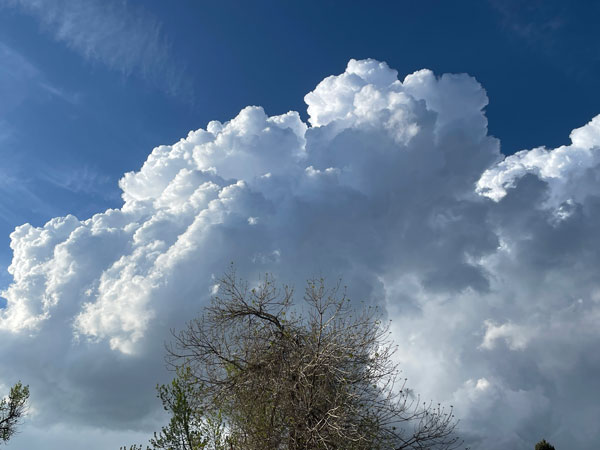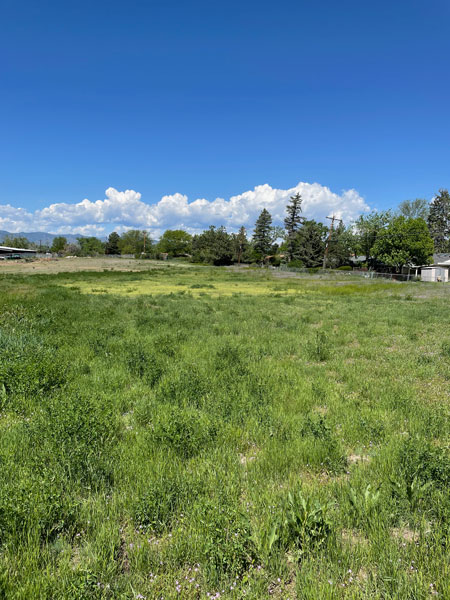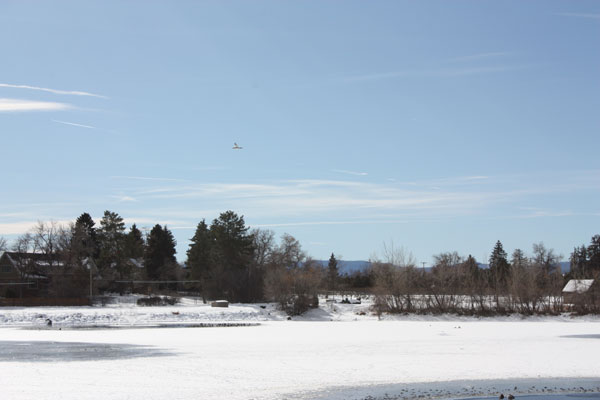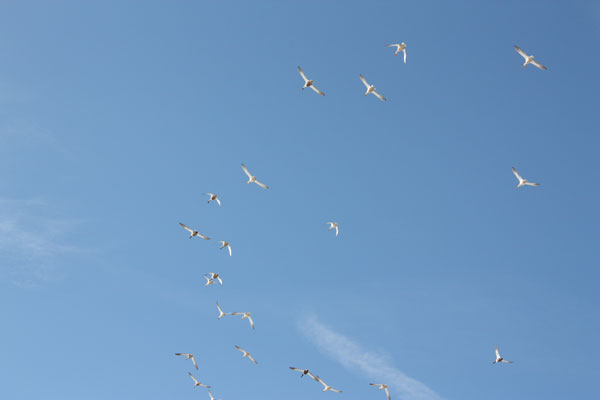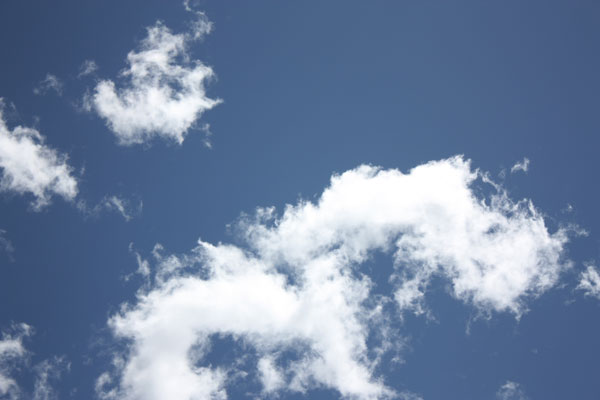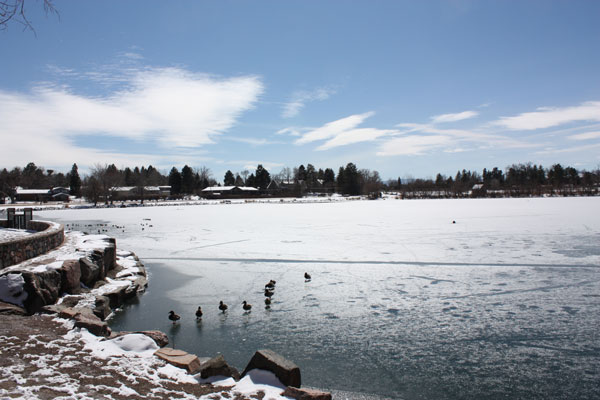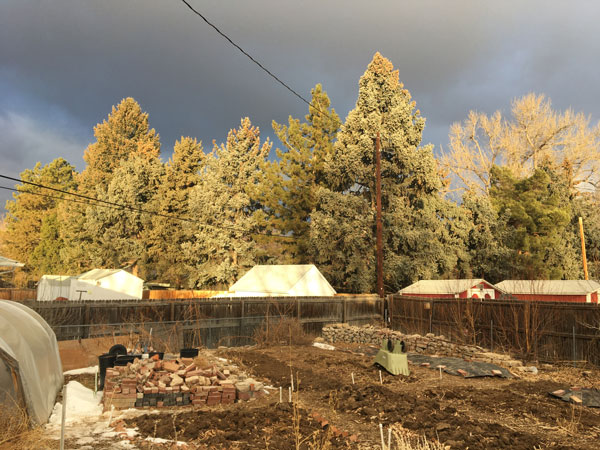Science Snippet:
Sky Color
Everyone knows that the sky is blue. But is it? During the night, the sky is black. At sunrise and sunset, the sky can be a variety of colors. What we really mean is that during the day, the sky is blue. But that blue isn’t always the same. As sunlight enters our atmosphere, some of it is scattered by air molecules. Light comes in different wavelengths, and the blue and violet wavelengths are scattered more than the other colors. The sky doesn’t look violet, however, because the sun emits more blue light and our eyes are more sensitive to blue. At sunrise and sunset, the sun is shining at a different angle. It has to pass through much more air. In fact, the sun is shining through so much air that the blue light is all scattered away. This causes the sun’s direct light to appear red or orange. When this sunlight shines on dust or clouds, they also appear red or orange.
In space or on the moon, the sky is black. There are no air molecules to scatter the sunlight. The less air there is to scatter light, the darker the blue of the sky. From the top of Mount Everest, the sky appears more of a blue-violet color. When you look toward the horizon, you are looking through much more air. This causes the sky to appear a much paler blue. The blueness of the sky can also vary depending on how much water is in the air. Water droplets scatter more colors of light, causing the sky’s color to appear paler. If there are enough water droplets, they can cause patches of the sky to look white. We call these patches clouds. Some clouds, however, contain larger water droplets. These larger droplets allow less light to reach us making these clouds appear dark.
The color of the sky varies even in the same place depending on the time of year. In the fall, the sky tends to look bluer than usual. One reason why the sky is bluer in the fall is that the air tends to be drier at that time of year because cooler air can hold less water. In summer, the air is warmer and so can hold more water, producing a paler shade of blue. This makes the more intense blue of the autumn sky more noticeable. There are also more contrasting colors around in the fall—the red and yellow colors of the trees make the blue of the sky seem more intense.
In 1789 Horace Bénédict de Saussure invented an instrument called the cyanometer. His cyanometer was simply a circle with 52 shades of blue painted on it. By holding it up to the sky, he could measure how much bluer the sky was in one location or one time compared to another. But you don’t need to build a cyanometer to appreciate the sky’s beauty. Spend some time watching the intensity of its color change. What days does the sky seem most vibrant to you?
